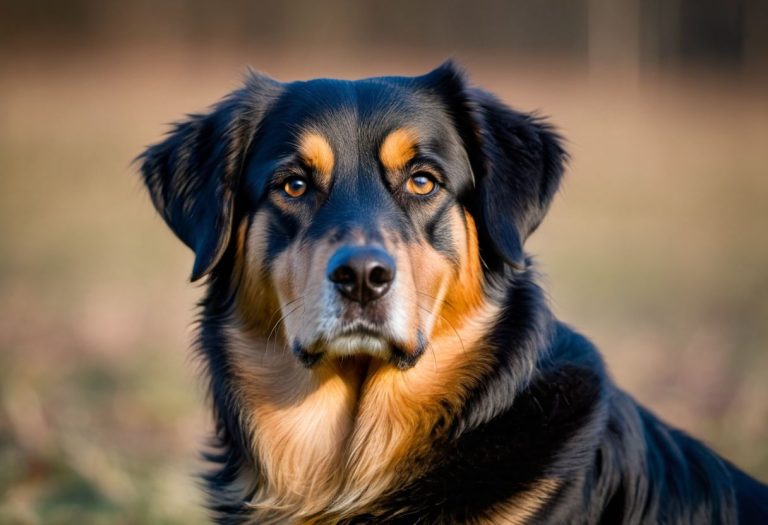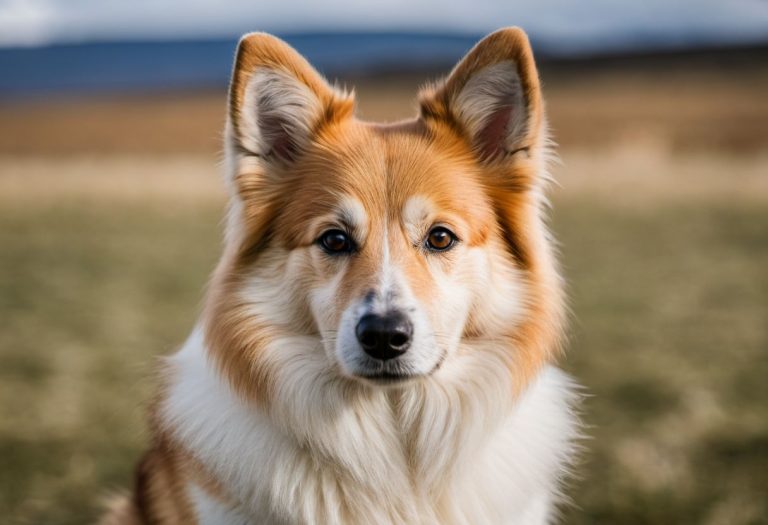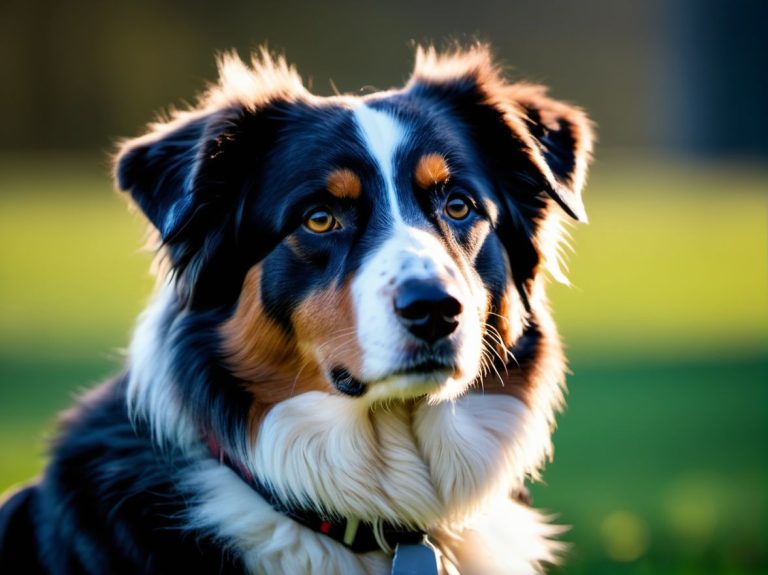GREAT DANE: Majestic Gentle Giants
Dive into the world of Great Danes, renowned as gentle giants among dog breeds. Explore their rich history and origins.
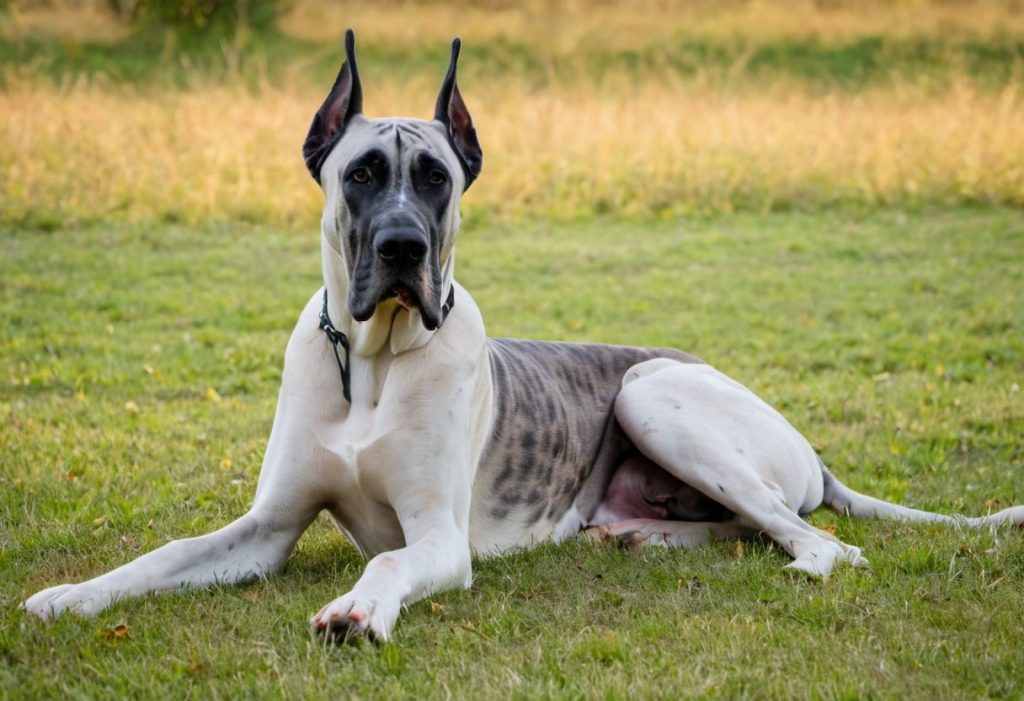
The Great Dane, also known as the German Mastiff or Deutsche Dogge, is a large and noble breed of dog known for its imposing stature and gentle temperament.
They have a muscular, well-built body with a deep chest, broad back, and long, elegant legs. Their head is large and rectangular, with a long, tapering muzzle and a distinctive, wrinkled forehead.
Let’s delve in to learn about their essential care tips and considerations, including exercise needs, grooming requirements, and health considerations
History
The Great Dane’s origins trace back to ancient times, with evidence suggesting that similar large, mastiff-like dogs existed in civilizations such as ancient Egypt, Greece, and Rome. However, the breed as we know it today developed in Germany, where it was originally bred for hunting purposes, particularly to assist in hunting wild boar.
Over the centuries, his role evolved from hunting to serving as a guardian and companion. The breed gained popularity among European nobility and aristocracy, earning it the nickname “The Apollo of dogs” for its majestic appearance and noble bearing.
The breed standard for the Great Dane was established in the late 19th century, with careful breeding practices aimed at refining its appearance and temperament. Despite its German origins, the breed became internationally beloved, finding homes in countries around the world.
Today, this German Mastiff primarily cherished as a beloved family companion known for its gentle nature, loyalty, and imposing yet friendly presence.
Personality
The Deutsche Dogge is known for its gentle and friendly personality, despite its giant size. They are loyal, affectionate, and good-natured, making them excellent family companions. Despite their stature, they often have a calm temperament and are typically good with children and other pets when properly socialized.

Physical Characteristics
Height
- Male 30-34 inches
- Female 28-32 inches
Weight
- Male 140-175 pounds
- Female 110-130 pounds
Coat
The coat is short and smooth.
Color
The colors are:
– Fawn
– Brindle
– Blue
– Black
– Harlequin
– Mantle
Eyes
The eyes are typically medium-sized, dark, and expressive.
Ears
Its ears are large, floppy, triangular, and typically cropped or left natural, drooping beside their noble heads.
Tail
The tail is long, tapering, and often docked to maintain breed standards.
Life Span
The average life span is around 7-10 years.
Temperament
They are known for their gentle and friendly temperament. They’re often referred to as “Gentle Giants” because of their calm and affectionate nature. Despite their large size, they’re typically good-natured and enjoy being around people, including children.
They’re usually patient and tolerant, making them excellent family pets. However, they can be protective if they sense a threat to their loved ones, which makes them effective watchdogs.
Socialization from an early age is important to ensure they’re comfortable around other animals and new situations. While they may appear serious due to their size, they often have a playful and goofy side, especially when interacting with their human companions.
Grooming
Grooming is relatively easy as compared to some other breeds due to their short coat. Brushing them once a week with a soft-bristled brush helps to remove loose hair and keep their coat shiny.
Bathing should be done as needed, typically every 2-3 months or if they get particularly dirty. Regularly check their ears for dirt or wax buildup and clean them gently with a damp cloth.
Trim their nails every few weeks to prevent overgrowth and discomfort, and brush their teeth regularly to maintain good dental health. Additionally, wipe their drool from around their mouth to prevent skin irritation.
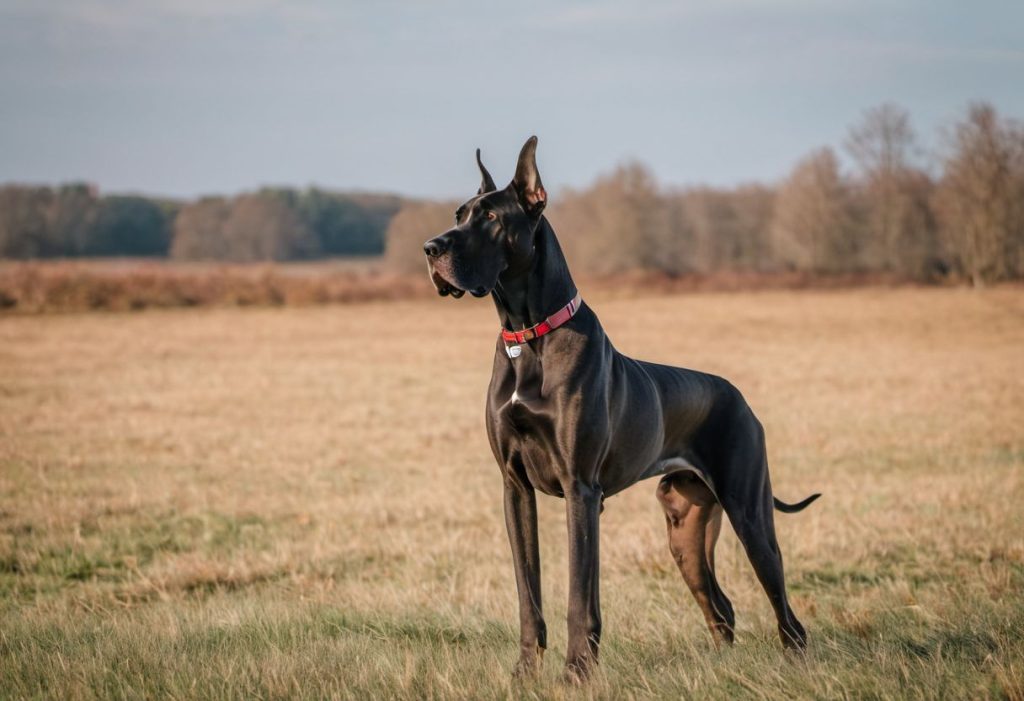
Training
Training this gentle giant requires patience, consistency, and positive reinforcement. Start with basic commands like sit, stay, and come. Use treats or praises to reward good behavior. Since Great Danes are large and powerful, leash training is important for control.
Socialization is also key, expose them to different people, animals, and environments from a young age to prevent fear or aggression. Gentle correction should be used to discourage unwanted behaviors like jumping or excessive barking. Keep training sessions short and fun to maintain their interest.
Exercise
Exercise is essential for keeping your German Mastiff healthy and happy. Since they are large dogs, they need regular, moderate exercise to stay in good shape. Daily walks or jogs are important to help them burn off energy and maintain a healthy weight.
However, it’s important to avoid excessive exercise, especially when they’re young and their bones are still developing, as this can cause joint problems. Additionally, providing opportunities for play, such as fetch or interactive toys, can help keep them mentally stimulated.
Swimming is also a great low-impact exercise for them as it’s easy on their joints. Overall, aim for around 30 to 60 minutes of exercise per day, but always adjust based on your dog’s individual needs and energy levels.
Nutrition
They require a balanced diet rich in quality proteins, essential fats, vitamins, and minerals to support their large size and maintain overall health. Feeding them high-quality commercial dog food formulated for large breeds or a well-balanced homemade diet recommended by a veterinarian is ideal.
Portion control is crucial to prevent obesity and related health issues, especially considering their rapid growth during puppyhood. Additionally, providing fresh water at all times is essential for hydration.
Health Concerns
They are prone to certain health concerns due to their large size and genetic predispositions. Some health issues may include:
Bloat
This a life-threatening condition where the stomach fills with air and twists on itself, which requires immediate veterinary attention.
Hip Dysplasia
A common orthopedic issue in large breeds where the hip joint doesn’t develop properly, leading to arthritis and mobility problems.
Cardiomyopathy
It is a heart condition that affects the muscle of the heart, potentially leading to heart failure.
Osteosarcoma
A type of bone cancer that is more prevalent in large breeds like Great Danes.
Hypothyroidism
A disorder where the thyroid gland doesn’t produce enough hormones, leading to various health issues like weight gain, lethargy, and skin problems.
Wobbler Syndrome
This is a neurological condition causing compression of the spinal cord, resulting in weakness and coordination problems.
Bottom Line
Great Danes are big dogs with gentle personalities. They’re friendly and love being around people, especially kids. They can be protective of their family, but they’re usually calm and patient. It’s important to feed them small meals and watch their weight to prevent health issues like bloat and joint problems. With proper care and attention, Great Danes make wonderful, loving companions for families.
FAQs (Frequently Asked Questions)
Q: Are Great Danes good with children?
Yes, Great Danes are generally known for being gentle and patient with children, although supervision is always recommended due to their size.
Q: Do they shed a lot?
Yes, they do shed, but their short coat requires minimal grooming compared to some other breeds.
Q: Are Great Danes aggressive?
When properly trained and socialized, Great Danes are typically not aggressive. They are known for their friendly and gentle demeanor.
Q: Are German Mastiffs good guard dogs?
While German Mastiffs may alert their owners to strangers due to their size and deep bark, they are generally not aggressive guard dogs. They are more likely to greet visitors with enthusiasm than aggression.
Q: Are Deutsche Dogge good apartment dogs?
While Great Danes can adapt to apartment living with sufficient exercise, their large size means they need plenty of space to move around comfortably.
Q: Do these watch dogs drool a lot?
Some watch dogs may drool more than others, but it’s not excessive compared to some other breeds with loose lips and jowls.
Q: Are Great Danes good with other pets?
With proper socialization, Great Danes can get along well with other pets, including cats and smaller dogs.
Q: Are Great Danes prone to separation anxiety?
Like many breeds, Great Danes can experience separation anxiety if left alone for long periods. Proper training and gradual acclimatization to being alone can help prevent this.
Q: Are Great Danes expensive to own?
Great Danes can be expensive to own due to their large size, which means higher food and veterinary costs. Additionally, they may require specialized accommodations and equipment.
Q: Are Great Danes good for first-time dog owners?
Great Danes can be suitable for first-time dog owners who are prepared for their large size and exercise needs. However, proper training and socialization are crucial.
Q: Do Great Danes bark a lot?
Great Danes are not typically excessive barkers, although they may bark to alert their owners to something unusual.
Q: Are Great Danes prone to overheating?
Yes, Great Danes can be sensitive to hot weather due to their size and tendency to overheat. It’s important to provide them with plenty of shade and water during hot weather.
Q: Are Great Danes good therapy dogs?
Great Danes can make excellent therapy dogs due to their gentle and affectionate nature, but they require proper training and certification.


